By: Tua Bultje
As much as we might wish otherwise, stress, adversity, and unanticipated change are constant parts of the human experience. It can be useful to build a resiliency toolbox of resources and practices that we can reach for in those times of adversity and hardship. In her book, The Lightmaker’s Manifesto, Karen Walrond asks us to think about the things in our lives that we can hang hope onto so that we can get up and try again and again. She reminds us that resiliency is not a knowledge base, it is a practice. What does that practice look like? What are some tools we can stash in our resiliency toolkit? Here are three to start your collection:
Making Connections
When we are deep in our feelings and struggling, it can be easy to get lost in the weeds of our own experience. We might have guilt or shame around our actions or the situation and feel the need to withdraw or isolate. In these moments, reaching out can take strength and courage, but often we heal best through connection. There are so many different ways to connect with something bigger than and beyond us. Reading inspiring words in a book or listening to music that resonates can provide scaffolding for our feelings when they feel too big to handle. Reaching out to trusted friends and deepening our relationships can make us aware of the support all around us. Creating a physical or mental space of calm and peace where we can retreat and renew helps us reconnect with our own inner truths and knowing. Finding like-minded people in our communities and acting to remake the world as we imagine it is another way that we can heal through connection. Writer and activist Glennon Doyle reminds us that we can do hard things. And yes, we can, but we don’t have to do hard things alone.
Strength Inventory
We all have internal strengths and external supports that help us cope, lift us up, and help us persistently make our way back to optimal functioning. Sometimes, when we’re in the thick of our pain, it can become difficult to recognize and remember our own capacity for resilience. Taking a strengths inventory; making a list of all the ways we can show up for ourselves in the world, can offer a visual reminder of our strengths and resources. Are you the one your people turn to when they need some perspective? Do you have a talent for making connections? Do you know how to find peace during chaotic situations? Are you good at getting quiet and listening for your intuitive knowing? Do you know where to go to find resources? Are you adept at reaching out for help when you need it? Can you find the spark of joy in most scenarios? Are you able to sit with the hurt and feel your way through? These are all strengths and skills that can help us deal with stress and heal from adversity. We can also garner strength from the people we love and the communities we connect with. Who can you call and count on for help? This includes the people in our lives as well as professional helpers and healers. Margaret Atwood writes, “A word after a word after a word is power.” Making one of our strengths can make them feel more concrete and accessible.
Gratitude Gathering


